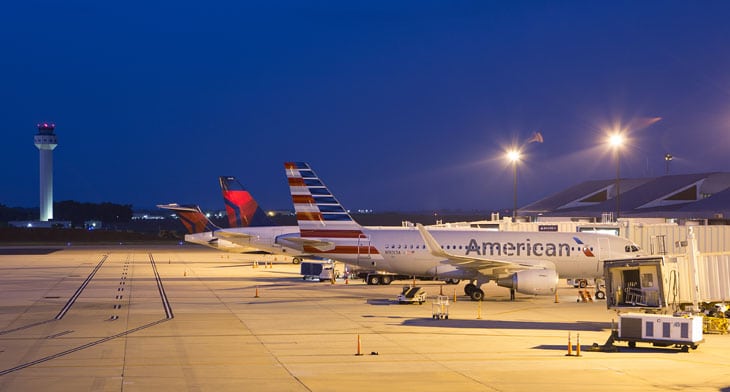


Alabama’s Huntsville International Airport has been selected by the Federal Aviation Administration (FAA) as a test site for its Unmanned Aircraft System (UAS) Detection and Mitigation Research Program. The airport will be one of four such test sites.
Under the programme, FAA plans to evaluate at least 10 UAS detection and/ or mitigation systems. The purpose of the solicitation was to select four eligible airport operators to hose these FAA testing and evaluation activities based on specific criteria outlined in the solicitation document.
In partnership with the University of Alabama, Huntsville International Airport submitted a proposal to the FAA last year outlining why it should be selected as a test site.
“Huntsville International Airport is honoured to have been selected by the FAA as one of four airports across the US where they will establish UAS Detection and Mitigation Research Programme Test Sites,” said rick Tucker, Huntsville Airport CEO. “We applaud this decision by the FAA and look forward to hosting a test site at our airport. We are grateful to our partner UAH, to industry partners like COLSA, QuantiTech and Dynetics and to city, country and state leadership for their support and vital roles in this endeavour. We especially want to express our appreciation to Senator Richard Shelby for his efforts regarding HSV’s selection and for his continued support of Huntsville International Airport, as we both work to move Alabama forward.”
With a mix of colleges and universities, high-tech industries and research centres in its catchment, Huntsville Airport the FAA a committed community and concentration of high-tech resources focused on UAS research.
“UAH is proud to be a research partner with the Huntsville International Airport in providing the ideal site for the FAA to test and evaluate detection and mitigation technologies for Unmanned Aircraft Systems,” said UAH President Dr. Darren Dawson. “UAH will leverage its creative and innovative spirit to advance research in UAS operational and threat applications for the FAA as a committed research partner. ”






